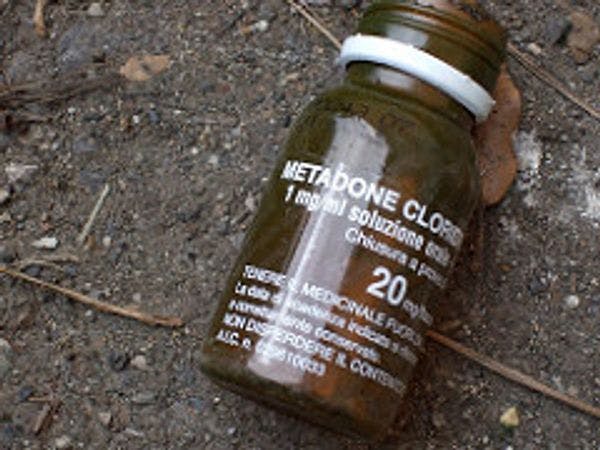Thérapie de substitution en Iran – Les contes des fées des Mille et une nuits ?
L’Iran a réussi à construire son propre système de réduction des risques, durable à sa manière. Il ne ressemble à aucun système occidental et à aucun des systèmes décrits dans les manuels et recommandés par l’OMS et l’ONUSIDA. Pour en savoir plus, en anglais, veuillez lire les informations ci-dessous.
Abonnez-vous à l'Alerte mensuelle de l'IDPC pour recevoir des informations relatives à la politique des drogues.
It`s been two months since I returned from my trip to Iran. All this time I have been dragging my feet about writing this blog – always something or other. However, I think it´s good that I did not try to write about Iran as soon as I got back – all that information, impressions, and emotions just would not fit into a short blog entry, I could have written a novel, at least! Now everything has settled in my head and I can try and write about the most important things.
Аnd the most important thing is that Iran has managed to build its own harm reduction system, sustainable in its own way. It is not like any other western system and not quite like the systems described in manuals and recommended by WHO and UNAIDS. There is one million and three hundred thousand of people who inject drugs in Iran and more than 400 thousand of them get opioid substitution therapy (OST). Yes, you read it right. We asked different people in different agencies and it is true – in the last years the number of OST clients has risen to 430, 000. Iran’s Drug Control Headquarters, Ministry of Health, Social Welfare Organization, and National Centre for Addiction Studies are very proud of this number.
Click here to read the full article.
Keep up-to-date with drug policy developments by subscribing to the IDPC Monthly Alert.
Thumbnail: Flickr CC John Kelly
